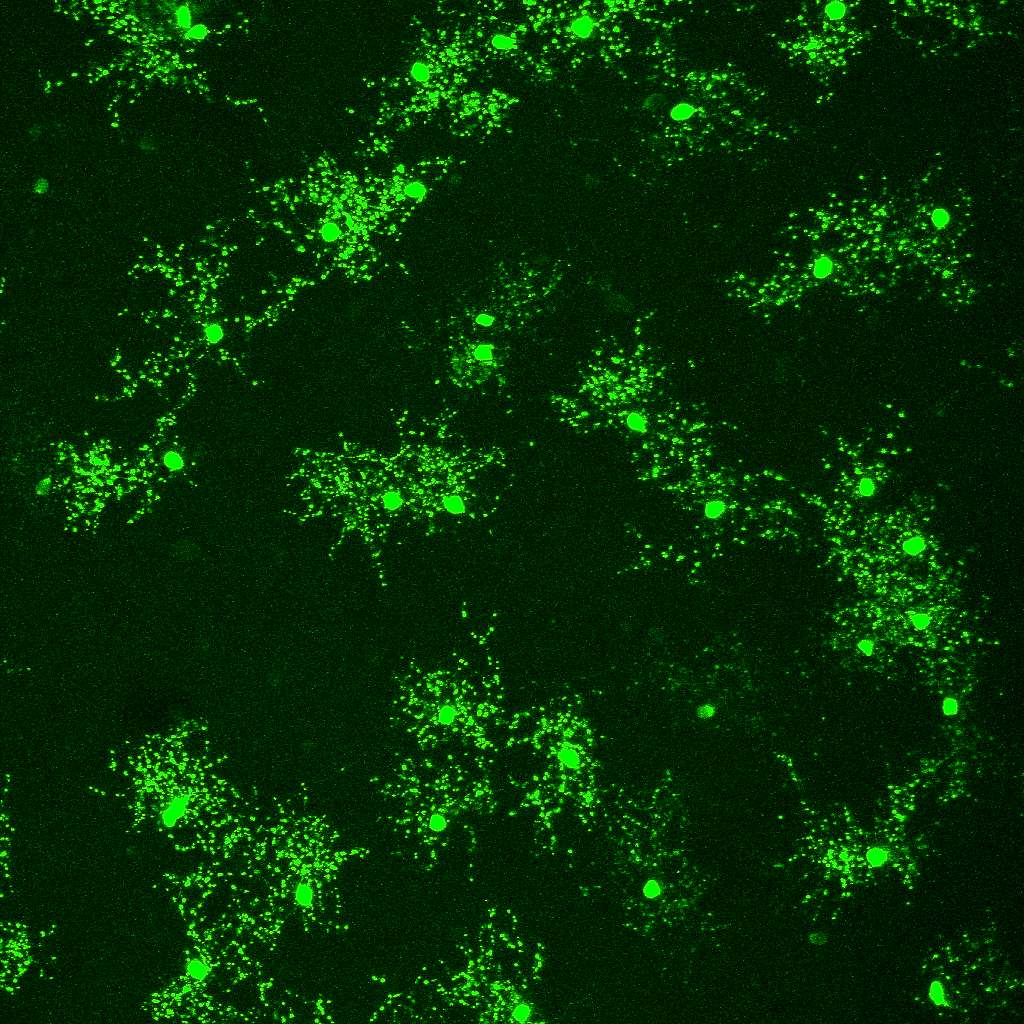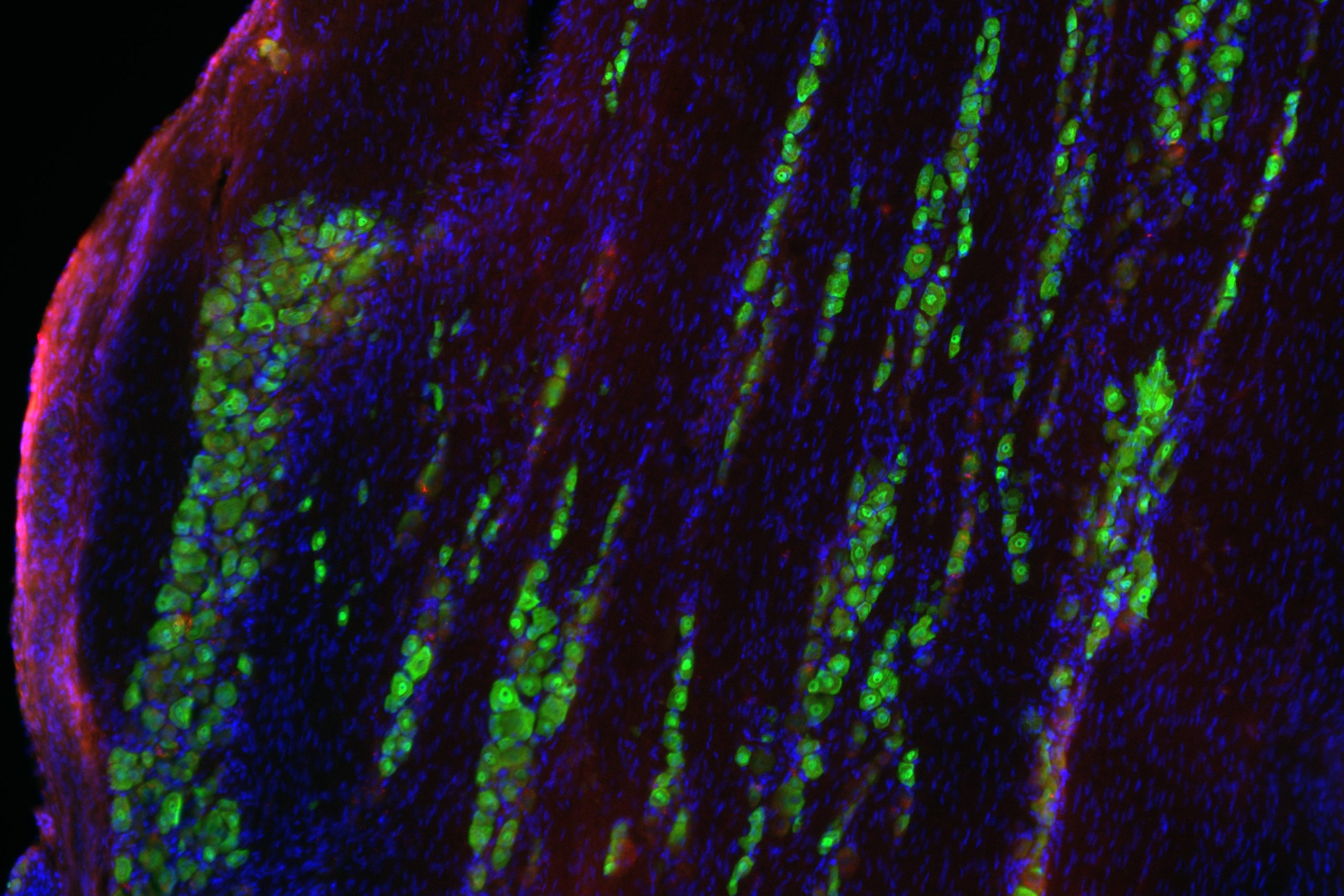
Northwestern Medicine scientists have identified how a subset of neurons enable the eyes to perceive motion, according to a study published in Nature Communications, a discovery that reveals previously hidden complexities of how vision functions in mammals.

Detecting objects in motion is an essential part of the mammalian visual system, enabling animals to navigate their environment and respond to threats. However, the neural mechanisms involved in this process are still not well understood, because of the complexity and diversity of retinal neurons and the lack of tools available to label the different subtypes, according to Yongling Zhu, PhD, assistant professor of Ophthalmology, of Neuroscience and senior author of the study.
In the current study, Zhu’s team used an intersectional genetics approach to track individual cells in the retinas of mice and label them according to which proteins they express. After identifying the cells, investigators employed neural imaging and optogenetics to explore how the cells function in neural circuits within the retina.
Scientists then developed a specialized mouse line that enabled the investigators to inactivate specific retinal circuits. By exposing mice to moving objects within their central field of vision and recording the results, they discovered that a subset of modular interneuron circuits function as a “traffic controller” within the retina, determining whether the signal associated with an object’s motion is activated for neurons further on in the retina and the brain.
The findings represent a significant leap forward in understanding the mysteries of the visual system in mammals, Zhu said.
“We have uncovered that modular interneuron circuits play a pivotal role in fine-tuning the way mice perceive and react to moving objects, offering new insights into the field of visual neuroscience,” Zhu said. “Our approach is innovative in that it not only can be used to study motion perception, but it also sets the stage for future investigation into the other aspects of visual perception.”
The results could also have implications in computer-aided visual prosthetics, robotics and more widely in healthcare, Zhu said.
“Understanding the inner workings of motion perception may provide crucial insights into neurological conditions that affect an individual’s ability to perceive motion, potentially leading to innovative treatments and therapies,” Zhu said.
Moving forward, Zhu and her collaborators will focus on understanding how object motion signals are utilized by downstream visual circuits in the brain.
Andrew Jo, PhD, a former student in the Northwestern University Interdepartmental Neuroscience (NUIN) program, was lead author of the study.
The study was supported by National Institutes of Health grants R01 EY030169, R01 EY018204, R01 EY032506, R01 EY012141, F31 EY031985, a Whitehall Foundation Grant, and funding from the nonprofit organization Research to Prevent Blindness.






